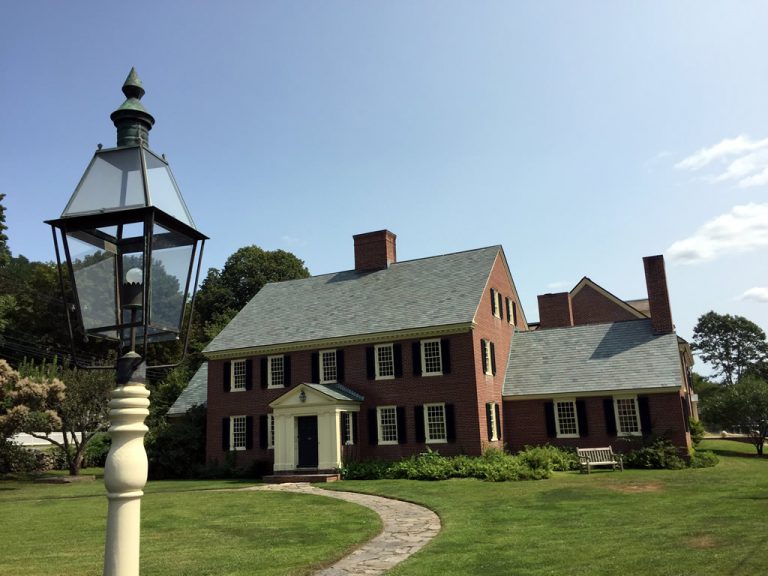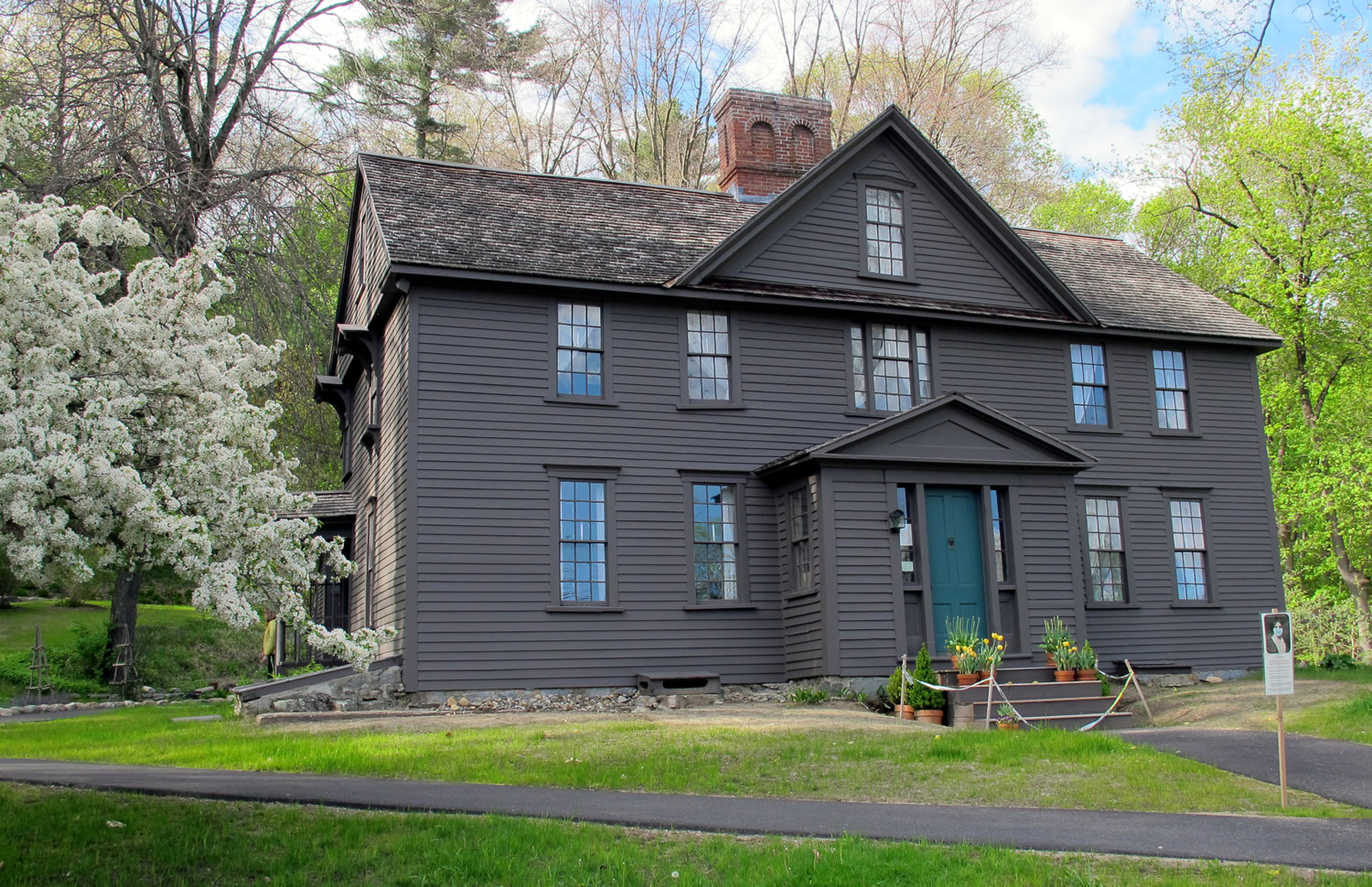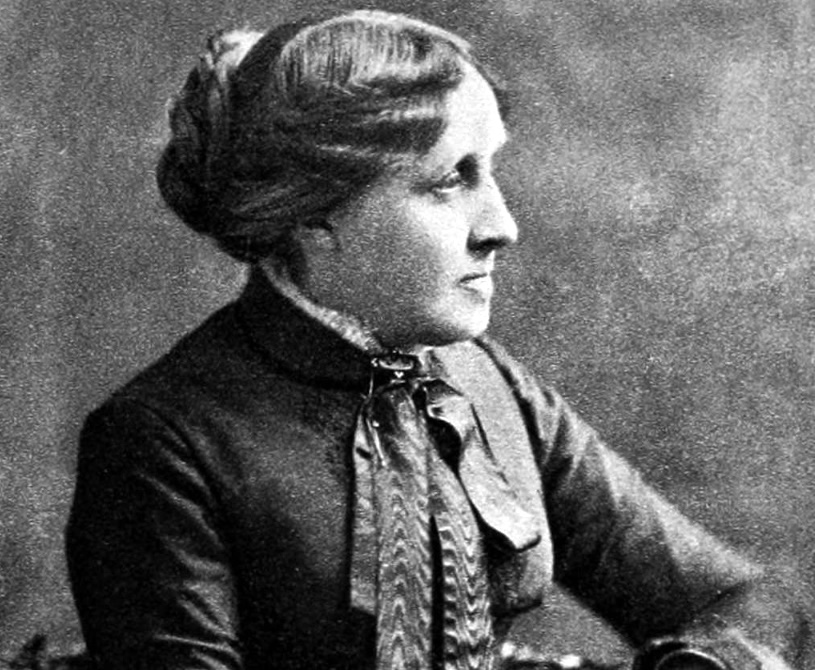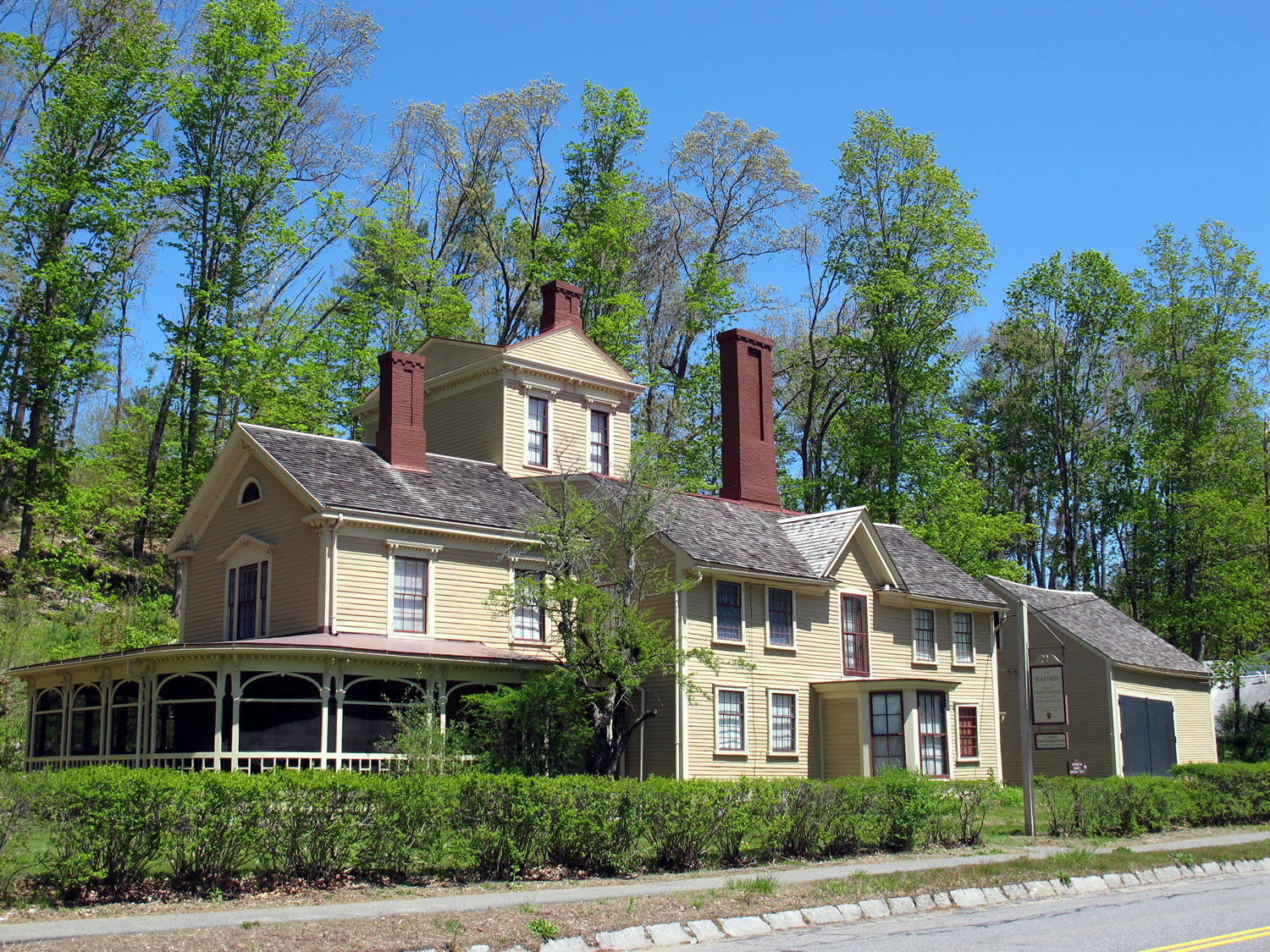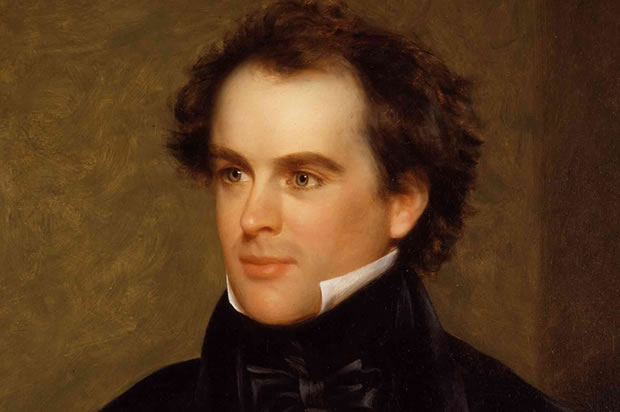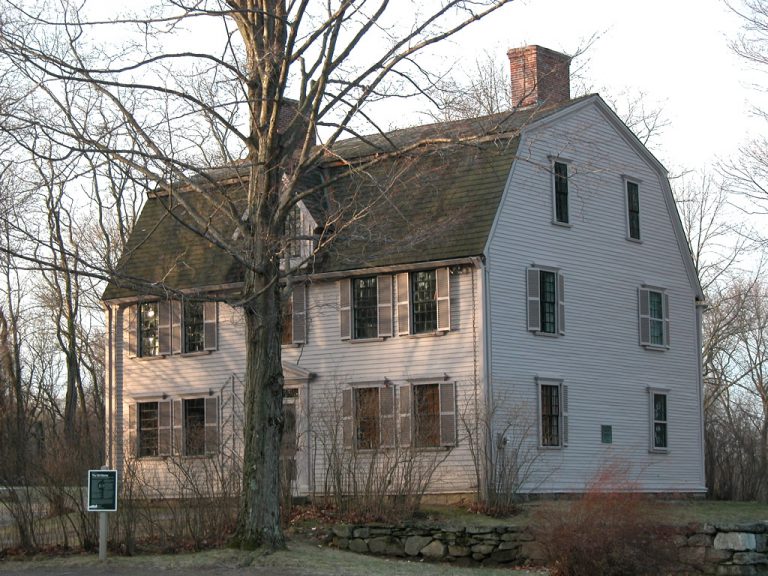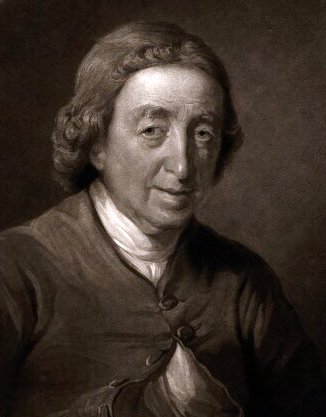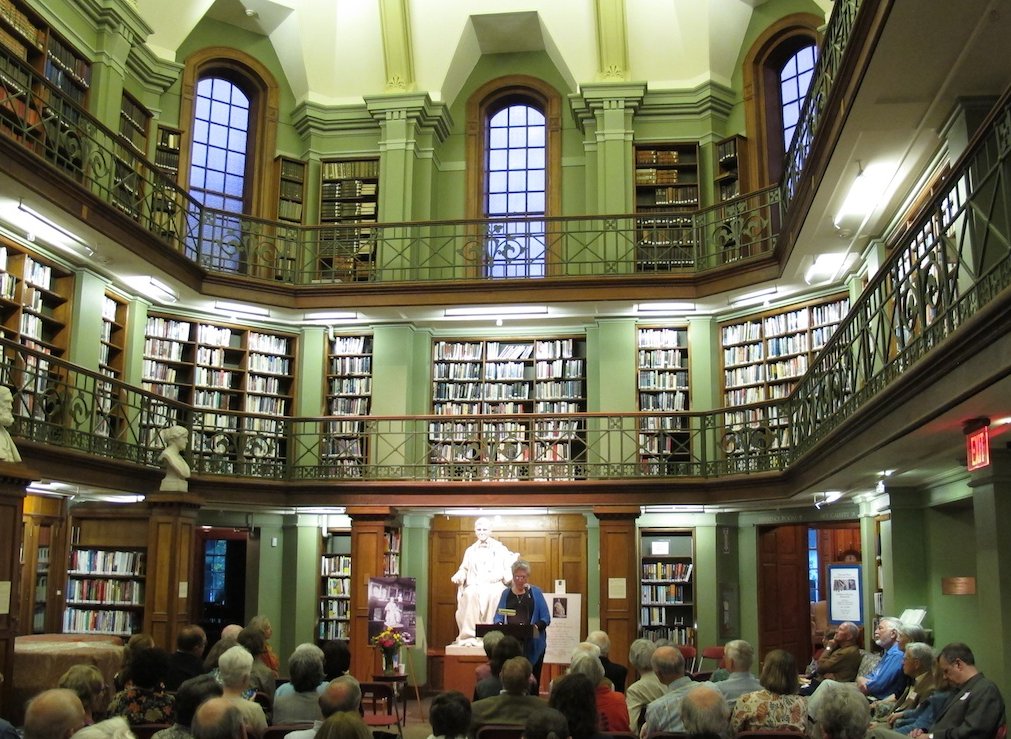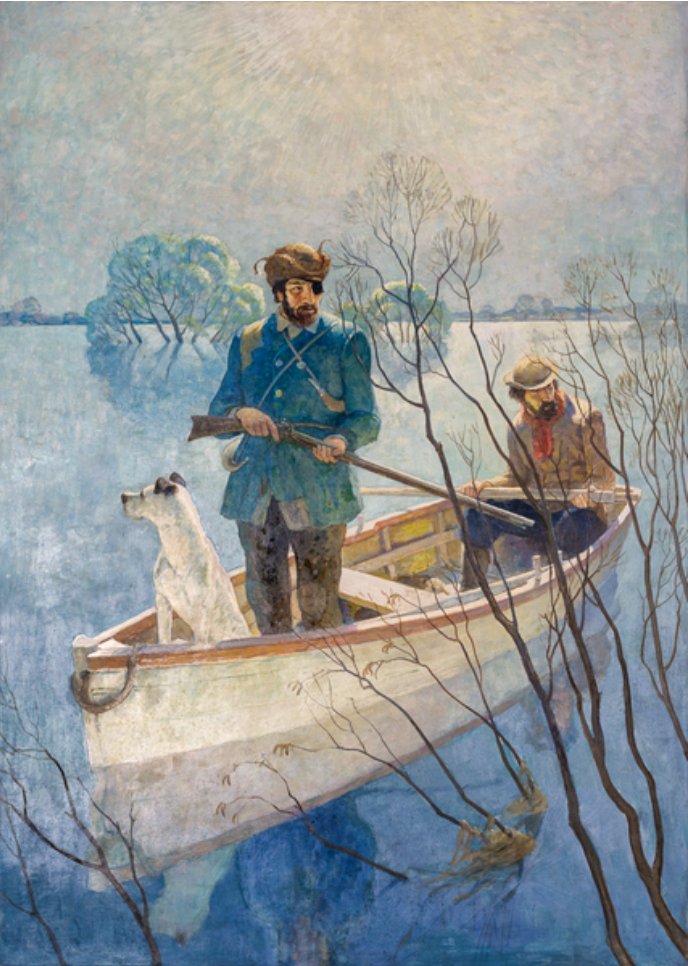Museums & Historic Houses in Concord MA
The Town of Concord, founded in 1635, is a living museum, with historic buildings and sites, fine architecture, and pleasant prospects. For indoor musing, look for these places:
Concord Museum
The Concord Museum, Lexington Road and Cambridge Turnpike across from the Emerson House, contains numerous period rooms and galleries, and vividly depicts the growth and evolution of Concord, Massachusetts.
The rich collections of documented decorative arts and domestic artifacts were either owned by Concord-area residents or made by Concord-area artisans.
Permanent exhibits include the lantern that hung in the spire of the Old North Church in Boston on the night of Paul Revere’s famous ride; Ralph Waldo Emerson’s study, Henry David Thoreau’s belongings used at Walden Pond, and a collection of early powderhorns including the one worn by the model for Daniel Chester French’s Minuteman statue at the Old North Bridge.
Orchard House - the Alcotts' Home
Orchard House, 399 Lexington Road, was home to Bronson and Abigail Alcott and their four daughters, Abigail, Anna, Elizabeth and Louisa, from 1858 to 1877.
The house, now a museum, is a must-see for anyone, especially a child, who has read Louisa May Alcott’s novel Little Women, or seen any of the several movies and plays based on the book. It’s a thrill to see the real rooms and artifacts of the author’s life, including the special writing desk at which she worked on the book.
Louisa May Alcott set her novel in a place called Orchard House, even though most of her childhood memories must have come from times and games when Louisa was a teenager (13 to 20 years old) and lived at Hillside, the Alcott home from 1845 to 1852, .
In 1852 the Alcotts sold Hillside, just down the street from Orchard House, to Nathaniel and Sophia Hawthorne, who renamed it The Wayside. The Alcotts returned to this neighborhood in 1858 with the purchase of Orchard House.
To the west behind Orchard House is Bronson Alcott’s School of Philosophy, where he gave lessons to students of his ideas.
The Wayside
Home to the Alcotts from 1845 to 1852, when they called it Hillside, this historic house was then sold to Nathaniel and Sophia Hawthorne, who lived here with their three young children Una, Julian and Rose until Nathaniel’s death in 1864.
Louisa May Alcott lived here as a teenager. Many of the games and stories she recalled in her novel Little Women may have taken place here.
Today the historic house at 455 Lexington Road, just a few minutes’ stroll from Orchard House, is a property of Minute Man National Historical Park, open to the public.
The Hawthornes changed the house substantially from what the Alcotts knew, adding the large porch and the third-story tower.
In 1870 The Wayside was sold by Hawthorne’s heirs, and in 1883 bought by Boston publisher Daniel Lothrop and his wife Harriet Lothrop, a children’s book author who used the pen name Margaret Sidney and was widely known for her book Five Little Peppers. In 1963 the house was declared a National Historic Landmark and put in the care of Minute Man National Historical Park.
The Old Manse
Built next to Concord's North Bridge in 1770 by Reverend William Emerson, the house was relatively new when, on the morning of April 19, 1775, British redcoats marched past it and across the North Bridge on their way to Colonel Barrett's farm. The British soldiers were looking to destroy colonial militia arms caches.
Reverend Emerson's grandson, Ralph Waldo Emerson, knew the Old Manse well as a child visiting his grandparents.
Nathaniel and Sophia Hawthorne rented and moved into the Manse just after their wedding. Hawthorne's residence here gave the shy, reclusive writer material for several later stories.
Now cared for by The Trustees, the house today is filled with the spirit and the mementoes of the Emerson clan, and of Nathaniel and Sophia's short stay. Your guide will proudly point out where Sophia scratched her name into a windowpane with her diamond ring.
In front of the house, a heritage garden is planted each spring with flowers and vegetables as the Emersons and Hawthornes might have known them: hugely tall corn stalks, big pumpkins and more.
Concord Free Public Library
Founded in the 1870s, Concord's library includes more than two hundred noteworthy artworks, many of which are exhibited in its public rooms.
Most notable is the life-size marble statue of a seated Ralph Waldo Emerson, by Concord sculptor Daniel Chester French, and busts of other notable Concordians including Louisa May Alcott, Henry David Thoreau, Ephraim Wales Bull, and Ebenezer Rockwood Hoar.
N C Wyeth's Men of Concord series portrays twelve scenes mentioned by Thoreau in his Journal.
The library's art gallery on the second floor holds changing exhibits of historic artworks related to Concord.

